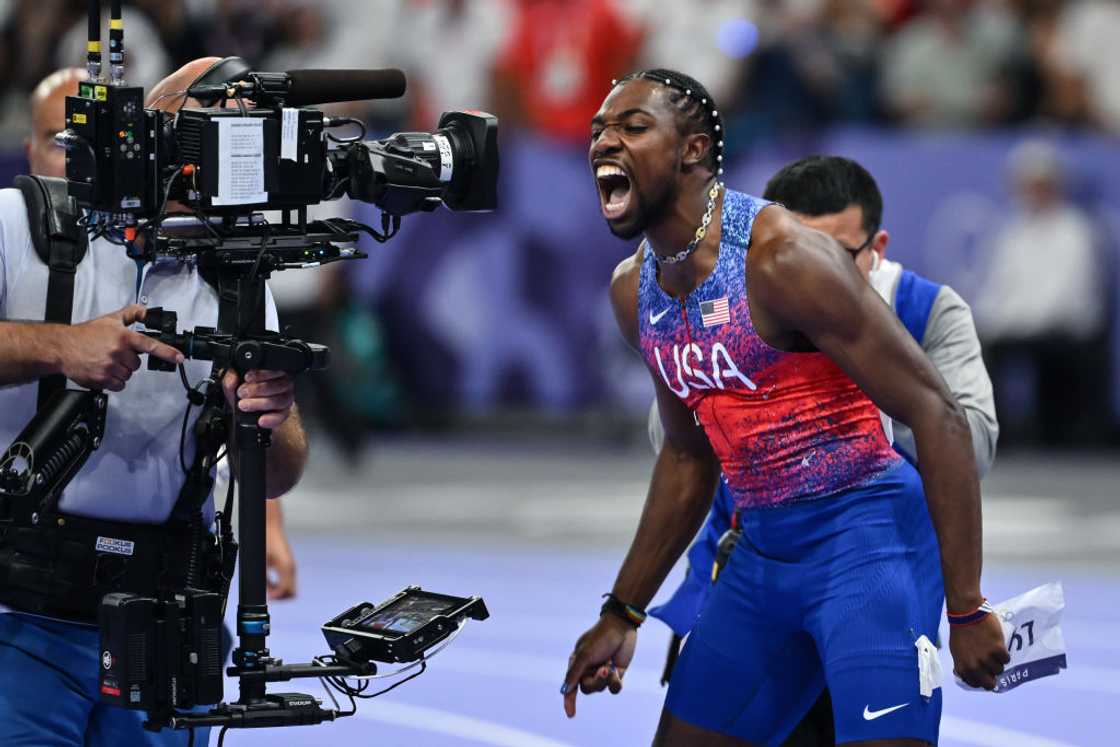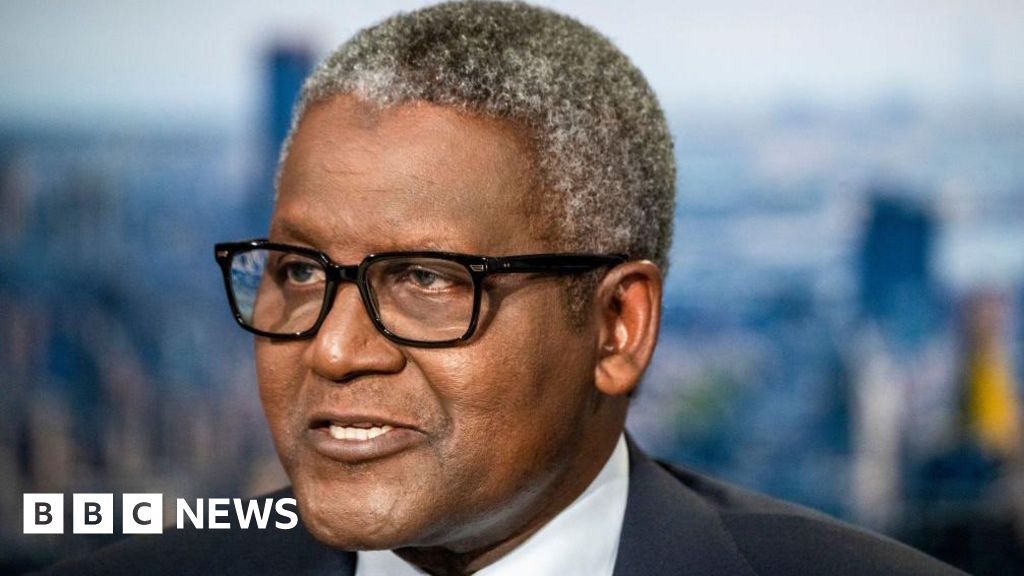- Noah Lyles became the new men's 100m Olympic champion after winning a close race on Sunday evening
- The American hotshot beat Jamaica's Kishane Thompson by the tightest of margins, which took time to decide the winner
- Legit.ng looks at how Lyles bagged the win despite his opponent appearing to get to the line first at Stade de France
Noah Lyles matched his big talk by sprinting to 100m Olympic glory in Paris on August 4.
The American has repeatedly indicated his desire to win at least three gold medals at the summer games as he seeks to follow in the footsteps of Usain Bolt.

Source: Getty Images
The 100m is considered his weaker event compared to the 200m, but the 26-year-old silenced his naysayers after he crossed the line in 9.79 seconds to become the new Olympic champion.
Noah Lyles beats Kishane Thompson at Paris 2024
So close was the race that Lyles beat pre-race favourite Kishane Thompson by five-thousandths of a second. Thompson had run impressive times in the heats and semi-finals, leaving many fans convinced he was the favourite.
PAY ATTENTION: Сheck out news that is picked exactly for YOU ➡️ find the “Recommended for you” block on the home page and enjoy!
The naked eye shows the Jamaican sprinter reached the line first, but after what looked like an extremely long wait, Lyles was awarded the win, sparking emotional celebrations.
So, how did Lyles win? Legit.ng explains.
Men's 100m final splits
First of all, and for context, it is important to note that, save for the finishing line, Lyles did not lead the race at any point. In fact, at the 30-metre mark, he was the last one of the eight athletes. He rose to third at the 70-metre mark behind Thompson and eventual bronze medalist Fred Kerley.
With 10 metres to go, the world champion from Budapest was second to Thompson in another remarkable exhibition of his top-end speed. They crossed the line at the same time and were made to wait to see who had won.
Enter technology.
How Noah Lyles beat Kishane Thompson at Paris Olympics
In such tight cases, World Athletics employs the Total Athletics Operating System thanks to its partnership with Seiko, a watch company.
The technology measures athletes' times to the +/—1/10,000th of a second by examining things like starting, timing, photo finish, wind measurement, and electronic distance measurement.
Photo-finish rule explained
The photo-finish rule was used in the men's 100m final where "a "slit-video" system scans an ultra-thin segment of the track precisely aligned with the finish line -- scans it 2,000 times per second, providing an unbroken image of each athlete crossing the line," as captured on World Athletics website.
Now, and this is perhaps the most important part, Thompson appeared to cross the line first, but Lyles led with his torso, which is the body part used to determine the winner.
"The winner of the race is the athlete whose torso crosses the finish line first. Any other body parts that may cross before the torso, such as head, hands and feet, will not count."As the debate rages on, Lyles will revel in his new status as an Olympic gold medalist. he might still leave Paris with the three he desires, but getting one in his 'weak' 100m was the hardest.
Source: Legit.ng
















 English (US) ·
English (US) ·